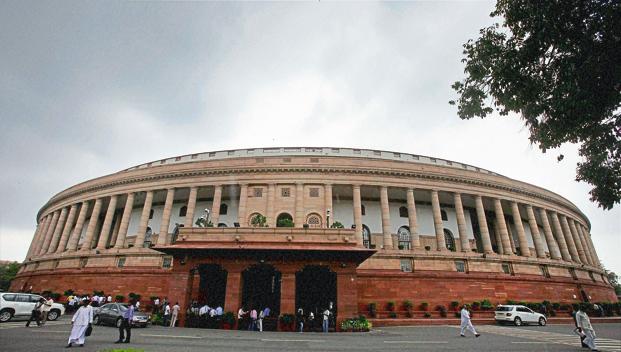
The Rajya Sabha on Wednesday passed the Insolvency and Bankruptcy Code 2016, a vital reform that will make it much easier to do business in India.
Once the President signs the legislation, India will have a new bankruptcy law that will ensure time-bound settlement of insolvency, enable faster turnaround of businesses and create a database of serial defaulters.
But implementation will remain the key, analysts point out, as the new code is presaged on the creation of a complementary eco-system including insolvency professionals, information utilities and a bankruptcy regulator.
Along with the proposed changes in India’s two debt recovery and enforcement laws, it will be critical in resolving India’s bad debt problem, which has crippled bank lending.
The bill, which received the Rajya Sabha’s nod on Wednesday, was passed by the Lok Sabha last week. A majority of the parties in both Houses supported this legislation after all the amendments proposed by a joint parliamentary committee were accepted by the government.
The new code will replace existing bankruptcy laws and cover individuals, companies, limited liability partnerships and partnership firms. It will amend laws including the Companies Act to become the overarching legislation to deal with corporate insolvency. It will also help creditors recover loans faster.
The move is also expected to help India move up from its current rank of 130 in the World Bank’s ease of doing business index, since all reforms undertaken by 31 May are incorporated in the next ranking.
On the parameter of resolving insolvency, India is ranked 136 among 189 countries. At present, it takes more than four years to resolve a case of bankruptcy in India, according to the World Bank. The code seeks to reduce this time to less than a year.
The bill proposes the creation of a new class of insolvency professionals that will specialize in helping sick companies. It also provides for creation of information utilities that will collate all information about debtors to prevent serial defaulters from misusing the system. The bill proposes to set up the Insolvency and Bankruptcy Board of India to act as a regulator of these utilities and professionals.
It also proposes to use the existing infrastructure of National Company Law tribunals and debt recovery tribunals to address corporate insolvency and individual insolvency, respectively.
Anjali Sharma and Susan Thomas of the Indira Gandhi Institute of Development Research wrote in a 10 May column in Mint that the code assumes the existence of institutional infrastructure like information utilities and insolvency professionals, information repositories like stock depositories; a new regulator, without the failings of existing regulators; and a high-quality adjudication infrastructure.
“Unless these four pillars are in place, the Code will fail,” they wrote, highlighting the huge pendencies faced in the debt recovery tribunals.
Responding to the debate in Rajya Sabha, minister of state for finance Jayant Sinha said the government will try to go through a stage-wise process to ensure smooth implementation, “notifying provisions as and when the necessary infrastructure is ready”.
Ashwin Bishnoi, a partner at law firm Khaitan and Co., said the insolvency code proposes a vast change and its implementation will take time.
“The code has set the framework for bringing in changes in the debt recovery tribunals,” he said adding that India has many professionals who can easily step into the role of insolvency professionals.
The bankruptcy code has provisions to address cross-border insolvency through bilateral agreements with other countries. It also proposes shorter, aggressive time frames for every step in the insolvency process—right from filing a bankruptcy application to the time available for filing claims and appeals in the debt recovery tribunals, National Company Law Tribunals and courts.
Bankruptcy applications will now have to be filed within three months; earlier, it was six months.
To protect workers’ interests, the code has provisions to ensure that the money due to workers and employees from the provident fund, the pension fund and gratuity fund shouldn’t be included in the estate of the bankrupt company or individual. Further, workers’ salaries for up to 24 months will get first priority in case of liquidation of assets of a company, ahead of secured creditors.
There are also provisions that disqualify anyone declared bankrupt from holding public office, thereby ensuring that politicians and government officials cannot hold any public office if declared bankrupt.
Sinha said the code seeks to protect interest of workers who are the most vulnerable. “It enables workmen to initiate the insolvency process and they will be first in line to get the proceeds of liquidation,” he said.
The Lok Sabha was adjourned sine die on Wednesday, two days earlier than scheduled. Both the government and the opposition parties agreed to an early adjournment. One of the key legislations listed for this session, the finance bill, was passed on Wednesday.
One reason why the session ended early is the election campaign underway in Kerala, Tamil Nadu and Puducherry. The Rajya Sabha session is likely to end on Thursday morning.